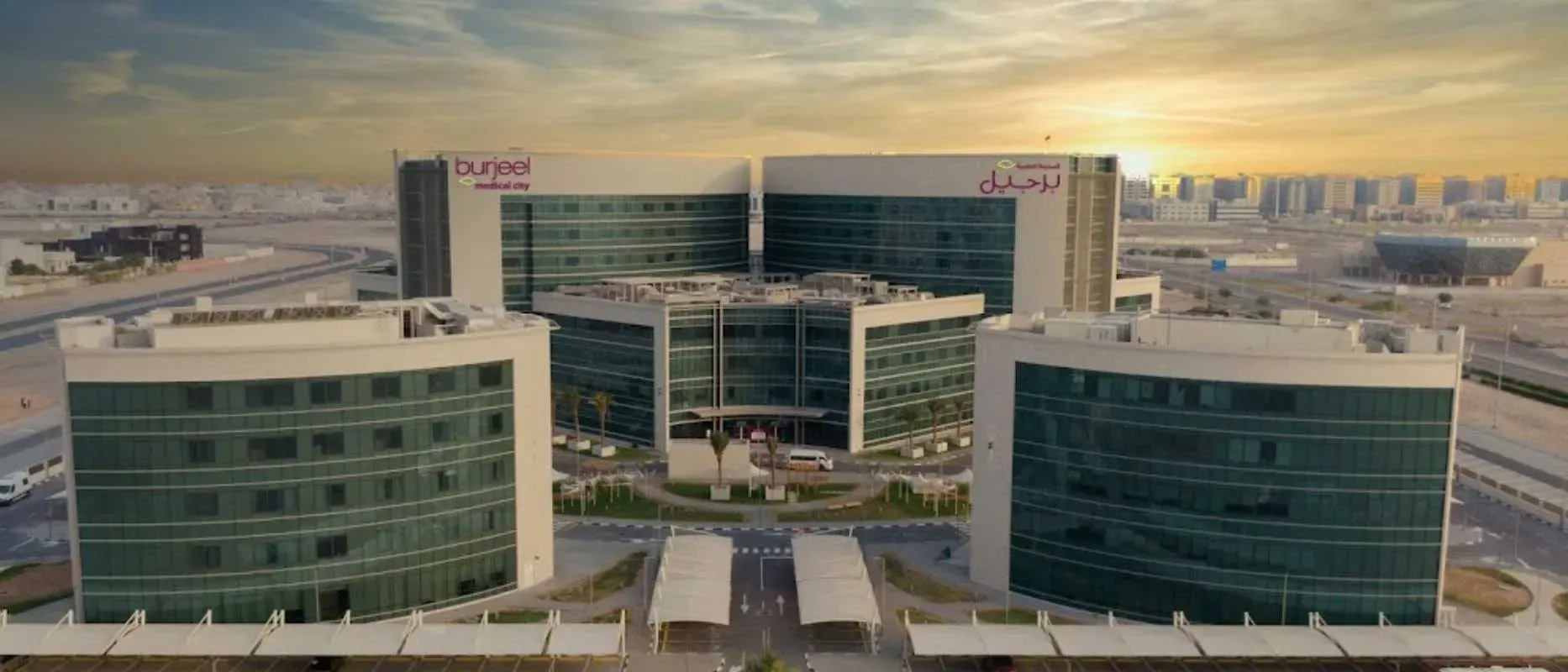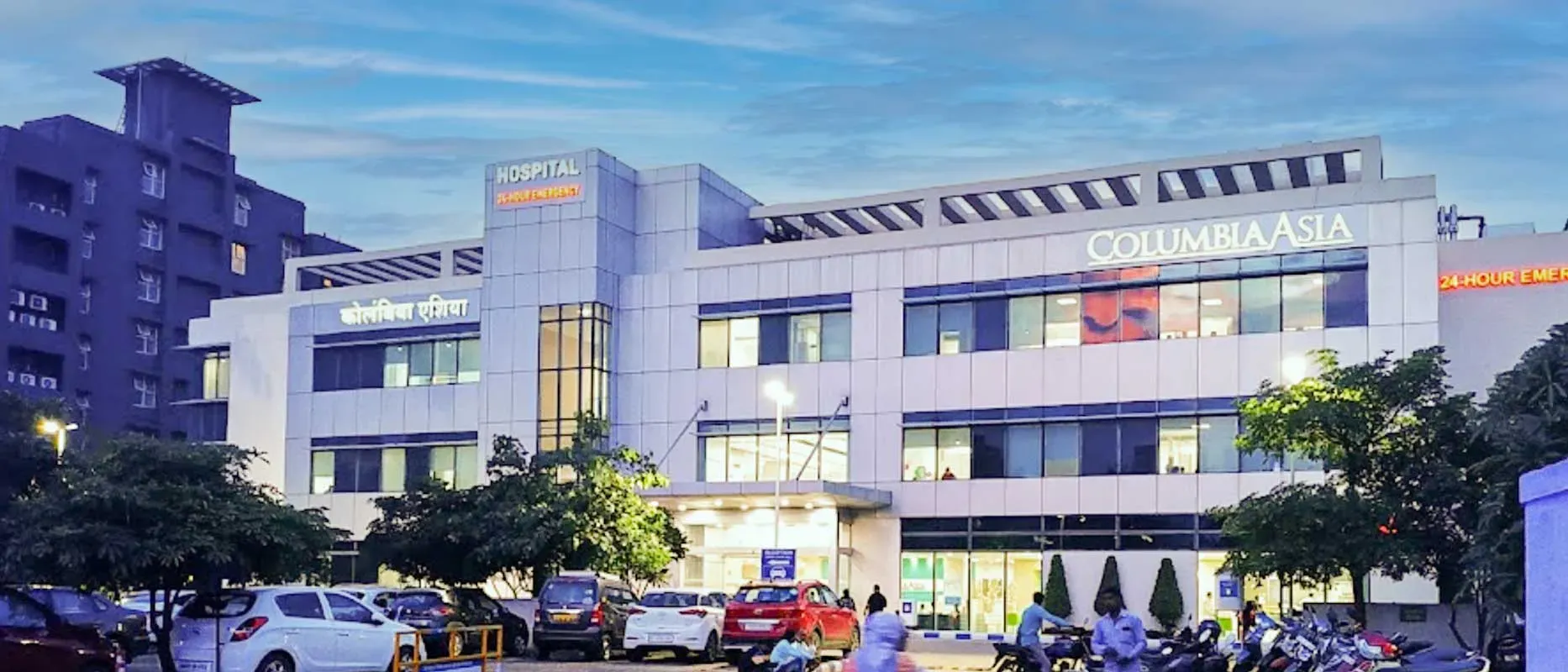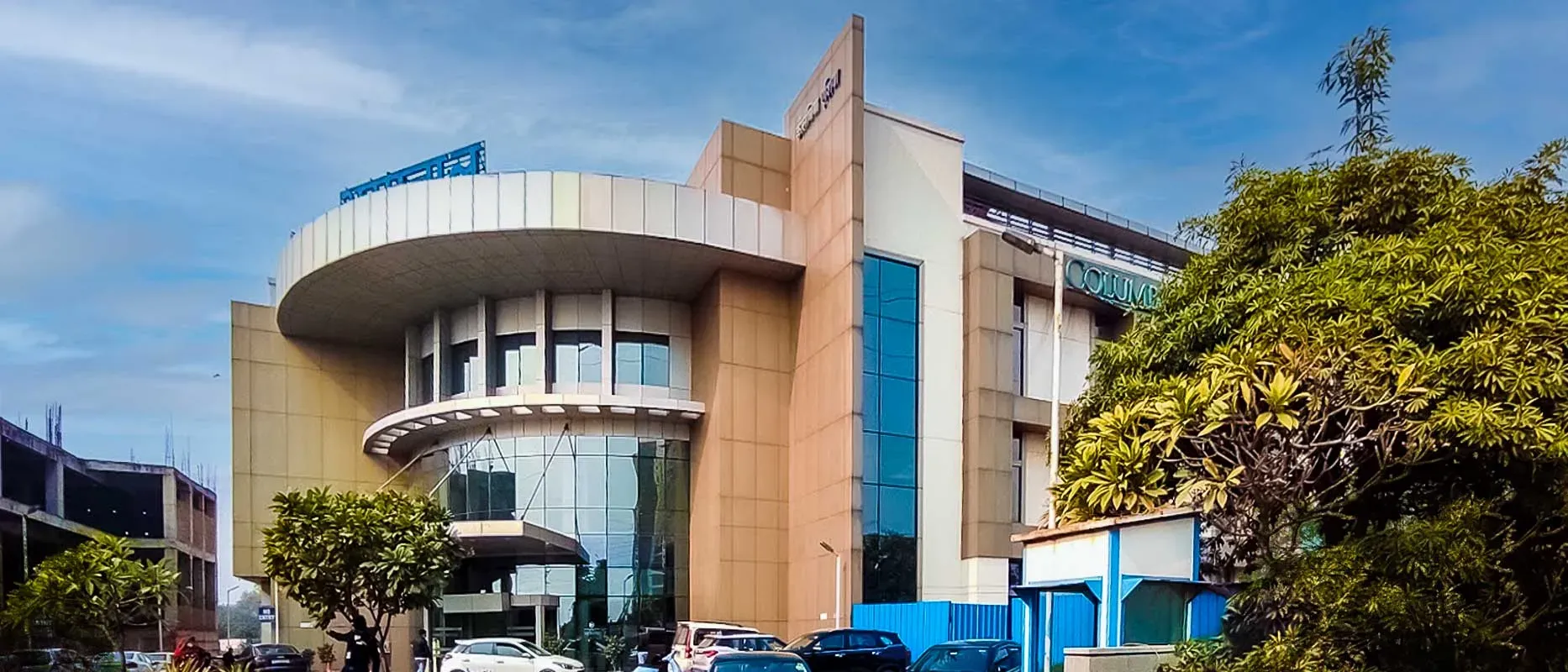Overview of Myomectomy Treatment
Myomectomy is a surgical procedure in which the fibroids that formed in the uterus are removed. uterine fibroids at its initial stages do not have symptoms but when they enlarge they can produce the symptoms of pain, discomfort and excessive bleeding. In that case, myomectomy is necessary to relieve these symptoms. Myomectomy is the best treatment option for women with child bearing age or those who have not completed their family yet. Myomectomy immediately relieves all the symptoms but in younger women, it can regrow again. The recurrence of the fibroids may or may not need to be treated. There are more chances of recurrence of fibroids if multiple fibroids are present in the uterus. If one fibroid is removed in myomectomy, then there are less chances of fibroids to regrow in the wall of the uterus. Uterine fibroids do not usually reoccur in the old age women who are near the menopause. Like any other surgery, myomectomy has some risk and complications associated with it. The complications should be managed otherwise it can delay the recovery process. In some cases, the uterine wall after the myomectomy becomes so weak that it makes it difficult for women to get pregnant. So it is recommended to wait for three to six months before the attempt to get pregnant to allow the uterus to heal within this time.
Types of Myomectomy Treatment
There are four main types of myomectomy which are:
- Abdominal Myomectomy
- Laparoscopic Myomectomy
- Hysteroscopic Myomectomy
- Robotic-Assisted Myomectomy
Abdominal Myomectomy
This is the traditional method that involves an incision in the lower abdomen to access and remove the fibroids. It is performed in women who have large size fibroids or who have multiple fibroids in their uterus.
Laparoscopic Myomectomy
This is a minimally invasive procedure that involves the small incisions in the abdomen. A laparoscope, equipped with a camera, is inserted through this incision to visualize the uterus. Under the guidance of the camera, the surgeon removes the fibroids. Laparoscopic myomectomy has the advantage of quicker recovery and reduced scarring as compared to the abdominal approach.
Hysteroscopic Myomectomy
This type of myomectomy targets fibroids located inside the uterus or submucosal fibroids protruding into the uterine cavity. It involves inserting a hysteroscope, a thin tube with a light and camera, through the vagina and cervix into the uterus. Surgical instruments are then used to remove the fibroids. Hysteroscopic myomectomy is a non-invasive procedure that does not require incisions.
Robotic-Assisted Myomectomy
This minimally invasive approach uses robotic technology. In this surgery, the surgeon controls the robotic arms that hold instruments and a camera. Robotic-assisted myomectomy offers more precision as compared to traditional laparoscopy.
Procedure of Myomectomy
Here is the general overview of the myomectomy surgical procedure:
Anesthesia: anesthesia is administered to lower the discomfort and pain during the procedure. It may involve the anesthesia that numbs the whole body or just area under the surgery.
Incision: the incision is made in the abdominal area to access the fibroids. The size of incision can vary according to the location and size of the uterine fibroids.
Fibroid removal: The fibroids can be removed from the uterus with three following approaches:
Abdominal myomectomy: The surgeon makes a larger incision in the lower abdomen to access and remove the fibroids. This method is used for larger or multiple fibroids and challenging locations.
Laparoscopic myomectomy: A laparoscope provides a view of the uterus, while other instruments remove the fibroids. This method offers quicker recovery and less scarring than an abdominal myomectomy.
Hysteroscopic myomectomy: this approach is used when fibroids are primarily located within the uterine cavity. A hysteroscope is inserted through the vagina and cervix into the uterus which guides the surgeon in removing the fibroids.
Closure: The incisions are closed and the dressing is applied in order to prevent the infection.
Recovery: The pain, cramping, or discomfort should be managed with pain medications. The physical activity should be increased gradually to speed up the recovery process.
Cost of Myomectomy Treatment in India
The cost of Myomectomy treatment in India ranges from 1100 USD to 2000 USD. The cost may vary according to the type of procedure chosen for myomectomy treatment. It may also vary according to the facilities of the hospital and the skill of the surgeons.
Cost of different Myomectomy procedure in India:
| Treatment Costs in India |
Min in USD |
Max in USD |
| Fibroid Removal Myomectomy |
1173 USD |
1562 USD |
| Myomectomy Surgery |
1212 USD |
1615 USD |
| Laparoscopic Myomectomy |
1305 USD |
1740 USD |
Symptoms and Risk Factors of Myomectomy Treatment
Here are some of the indications for myomectomy:
- Symptomatic fibroids
- Fertility preservation
- Submucosal fibroids
- Intramural fibroids
- Subserosal fibroids
- Fibroids affecting the shape of uterus
- Fibroids that may cause complications during pregnancy
Risk Factors of Myomectomy
Some of the risk factors of myomectomy are:
Bleeding
There is a risk of excessive bleeding during or after the surgical procedure of myomectomy. Sometimes the blood transfusion is required to manage the complication.
Infection
There is a risk of developing an infection at the surgical site after myomectomy. Sometimes infections appear late after the surgical procedure.
Damage to nearby Organs
There is a small chance of damage to the organs in the surrounding area such as the bladder, intestines, or blood vessels during myomectomy. This damage can further complicate the recovery process.
Adhesion Formation
Scar tissue which are known as adhesions, can develop within the uterus or between the uterus and surrounding organs after myomectomy. Adhesions may cause pain, infertility, or complications in future pregnancies.
Uterine Rupture during Pregnancy
After myomectomy, the uterine wall becomes weak and increases the risk of rupture during pregnancy. It is present in rare cases.
Anesthesia Risks
The anesthesia can cause some complications like allergic reactions, breathing difficulties, or other adverse effects of medicines.
Recurrence of Fibroids
There is a risk of regrowth of fibroids in the near future. This risk is high in young females of child bearing age. And the risk is generally lower in older women.
Top Hospitals for Myomectomy Treatment in India
Shaping the future of the healthcare institution and establishing the path to accomplishment.
Top Doctors for Myomectomy Treatment in India
Empower your Health with the Expertise of Leading Medical Professionals.
Dr. Anita K. Sharma
Department of Gynaecology
Associate Director
Book Appointment
Dr. Astha Agarwal
Department of Pediatrics & Gynaecology
Consultant
Book Appointment
Dr. Hemlata Sagar
Department of Opthalmology & Gynaecology
Consultant
Book Appointment
Treatment Costs for Myomectomy in India
Be the change and be an opportunist in transforming healthcare.
How it's Works
Guiding your Journey from Discovery to Treatment Planning and Beyond.
Discovery
Get a consultation to discover about your treatment
Pre-Treatment
Admission to the best hospital and all pre-treatment facilities
Post Treatment
Get post-treatment follow-up care with medicine fulfillment
Treatment Planning
Hassle-free treatment planning with package & cost estimations
in-treatment
world-class quality procedures and equipment for treatment


























